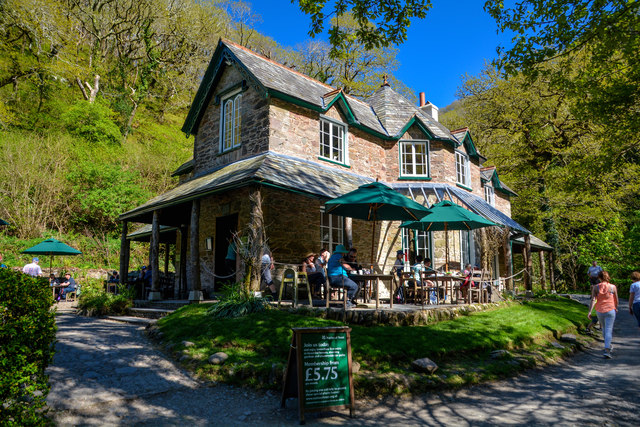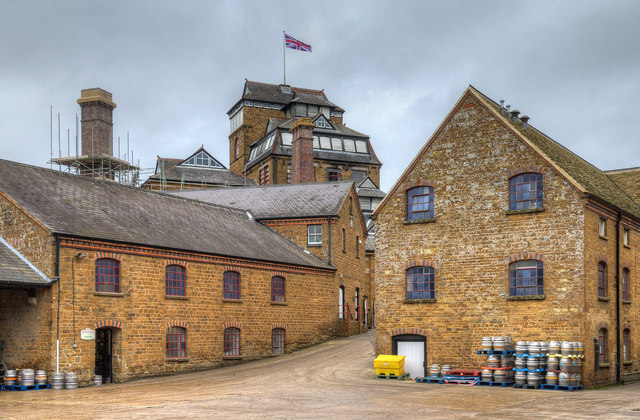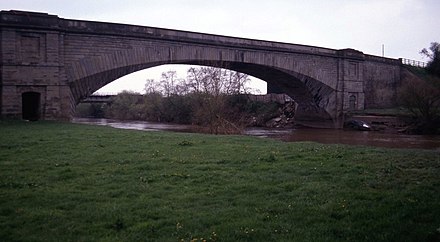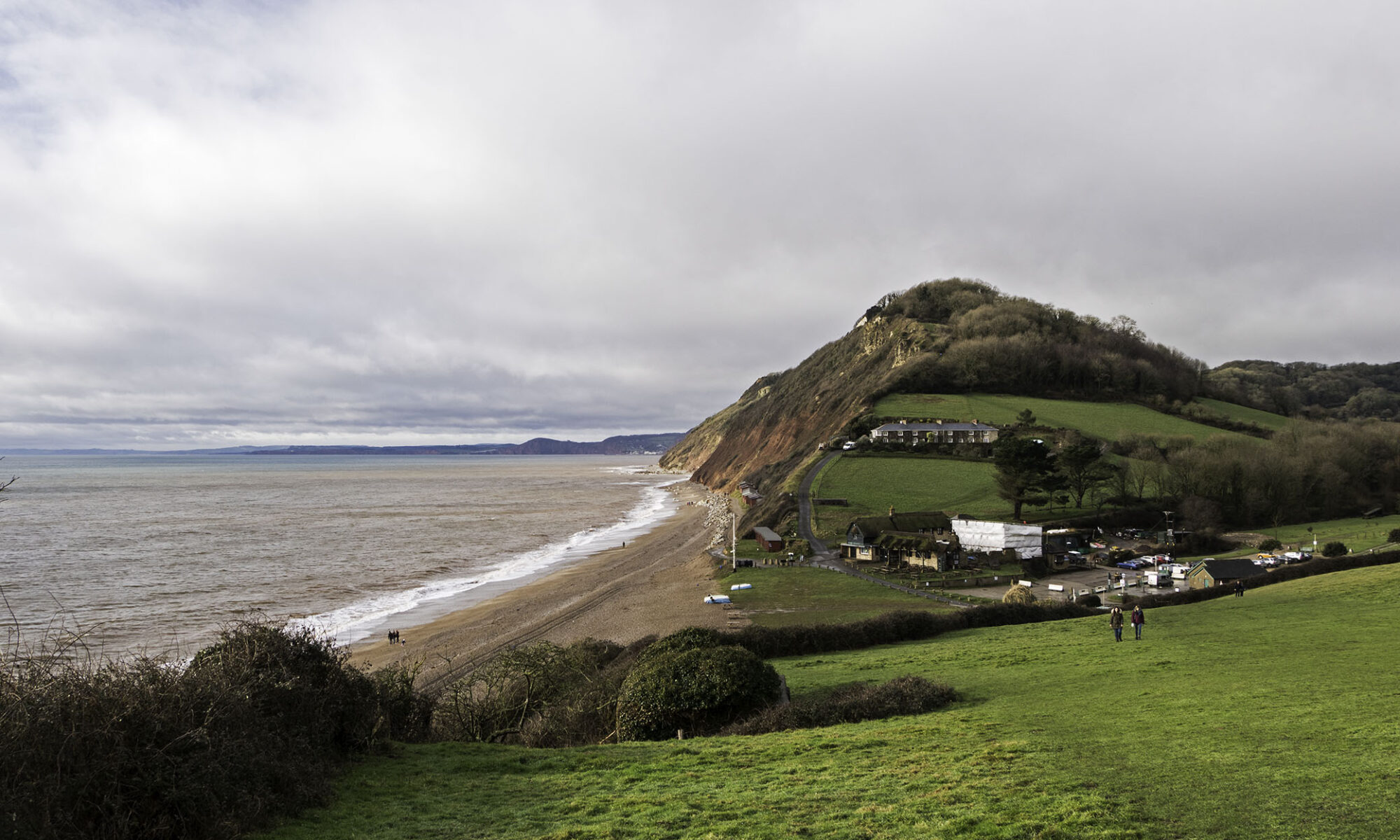Watersmeet in Devon has been settled since the Iron Age. Situated at the meeting point of the East Lyn River and Hoar Oak Water, it provides a popular spot for fishing, canoeing and wildlife spotting. Watersmeet House, built in 1832, was originally a hunting and fishing lodge. and has served cream teas since late Victorian times.
The house is surrounded by a 2000 acre estate, including ancient oak woodland, all managed by the National Trust. The famous Exmoor ponies can be found on the estate, as can red deer, buzzards and otters. The whortleberry, a fruit similar to the bilberry, grows here, and makes excellent jam. The rivers contain salmon and trout when in season, hence its popularity as a fishing spot.
The nearby coast is home to some spectacular sea cliffs, including those at Countisbury. believed to be the site of the battle of Cynuit, where the West Saxons, led by Alfred the Great, overwhelmed an invading Viking force, and slew their leader.
There are four Iron Age hillforts in the area, Two fortified farmsteads, Myrtleberry North and South, are now scheduled monuments, though not much of them remains. The East Lyn River was also the site of one of the UK’s first hydroelectric power stations, built in 1890; and of the Lynrock mineral water factory between 1911 and 1952, when it was destroyed in a flood.
The postcode of Watersmeet House is EX35 6NT, and it is served by bus numbers 300, 309 and 310 to Lynmouth.





